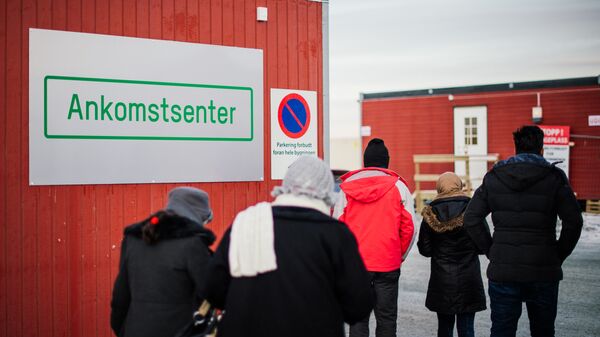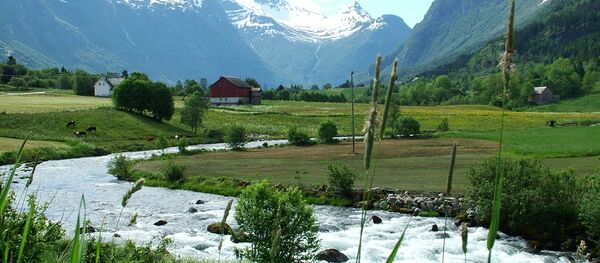The researchers identified cleaning, retail, accommodation, catering and construction as the main industries that ended up being largely dominated by the immigrant workforce. Up to 60 percent of costly Norwegian personnel were replaced by "cheap" immigrants. The rate of replacement reached its peak in the low-wage part of the Norwegian private sector. On average, foreign-born workers receive 15 percent less in wages, which made them ideal for employers. A significant part of the newcomers were handpicked by employment agencies.
Confederation of Norwegian Enterprise (NHO) Director Svein Oppegaard believes that the influx of migrant workers was largely beneficial at a time when the country needed labor. During this period, many new jobs were created, and the labor force was in a flux, he pointed out.
"During this period, we lacked manpower in Norway. However, we had strong labor immigration, and it was necessary to fill the vacancies we had. It was good for Norway, good for foreigners who earned decent money and good for their families," Oppegaard told Norwegian national broadcaster NRK.
Project manager Roger Bjørnstad from Socio-Economic Analysis expressed fears that the policy of wage dumping will continue for lack of coherent protection measures. According to him, Norwegians with a low level of education constitute the most exposed risk group and may end up being "squeezed out" of the labor market.
"Wage disparity between immigrants and native Norwegians allows numerous employers to pick the cheapest labor," Bjørnstad said.




